工作室美术硕士-纤维与材料研究
Master of Fine Arts in Studio - Fiber and Material Studies

学历文凭
Masters Degree

专业院系
Department of Fiber and Material Studies

开学时间

课程时长

课程学费

国际学生入学条件
A conferred four-year baccalaureate degree or its equivalent is required for admission to all graduate programs at SAIC. Transcripts are records of your studies that list the courses you completed, the grades received, and provide evidence of degree conferral. They may include grade sheets, exam results, final diplomas, degrees, or graduation certificates.
Official translations are expected for all educational documents issued in a language other than English. A translation agency or university language department should issue official translations typed on official stationary and the translator must attest proficiency in the original language and indicate their translations are accurate word-for-word.
During the application process an unofficial transcript is acceptable for review pending an Admissions decision. Official transcripts are required upon admission. Include transcripts both official and unofficial from all universities/colleges from which a degree was obtained or prerequisites were fulfilled.
Transcripts are considered official if sent directly from the degree- or credit-granting institution to the SAIC Graduate Admissions Office.
2 Letters of Reference are required.
TOEFL: 85
IELTS: 6.5
IDP—雅思考试联合主办方

雅思考试总分
6.5
- 雅思总分:6.5
- 托福网考总分:85
- 托福笔试总分:160
- 其他语言考试:DUOLINGO: 120
CRICOS代码:
申请截止日期: 请与IDP联系 以获取详细信息。
课程简介
纤维和材料研究系源于纺织品的传统,它鼓励学生思考材料并通过材料进行思考,研究技术并扩大介质的使用范围。纤维和材料研究系由一群令人印象深刻且多元化的教职员工带领,其中包括该学科的当代工作创始人,该学院拥有世界上同类课程中规模最大的课程之一。研究生在面对新技术,计算机介导的体验和跨学科研究的同时,思考并处理纤维,布料,印刷,构造和其他手工过程。围绕环境,劳动力,生产,基于社区的项目和环境的想法和政治对部门至关重要。
The School of the Art Institute of Chicago's (SAIC) Department of Fiber and Material Studies provides you with an interdisciplinary study of fiber, materials, and processes that incorporate art-making approaches including: textile construction, sculpture, installation, action, and craft.<br>Courses emphasize the production of textiles and fiber arts within a contemporary art context and supported by current theoretical discourse. Students learn a vast range of textile construction, surface techniques, and processes, including: weaving, print, dye, stitch, soft sculpture, felting, knitting, crochet, spinning, collage, and embellishment. Our studios feature analog and digital equipment, and students engage in thinking and working with hand processes while incorporating digital technologies and computer-assisted approaches to making.
The School of the Art Institute of Chicago's (SAIC) Department of Fiber and Material Studies provides you with an interdisciplinary study of fiber, materials, and processes that incorporate art-making approaches including: textile construction, sculpture, installation, action, and craft.<br>Courses emphasize the production of textiles and fiber arts within a contemporary art context and supported by current theoretical discourse. Students learn a vast range of textile construction, surface techniques, and processes, including: weaving, print, dye, stitch, soft sculpture, felting, knitting, crochet, spinning, collage, and embellishment. Our studios feature analog and digital equipment, and students engage in thinking and working with hand processes while incorporating digital technologies and computer-assisted approaches to making.
相关申请
 预科
预科 奖学金
奖学金 实习机会
实习机会 在校学习
在校学习 跨境学习
跨境学习 校园授课-线上开始
校园授课-线上开始 在线/远程学习
在线/远程学习
开学时间&学费
学费信息仅供参考,请与IDP联系以获取详细信息
| 开学时间 | 时长 | 学费 | 地点 |
|---|
本校相关课程
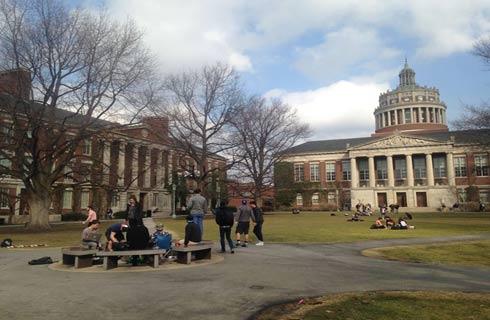
艺术史学士学位
学历文凭
Bachelor Degree
开学日期
课程费用总额


工作室美术学士
学历文凭
Bachelor Degree
开学日期
课程费用总额


视觉与批判研究文学学士学位
学历文凭
Bachelor Degree
开学日期
课程费用总额

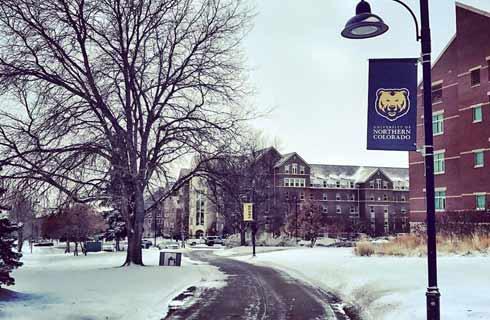
注重艺术教育的美术学士
学历文凭
Bachelor Degree
开学日期
课程费用总额


以写作为重点的美术学士
学历文凭
Bachelor Degree
开学日期
课程费用总额


Master of Architecture
学历文凭
Masters Degree
开学日期
课程费用总额

其他相关课程
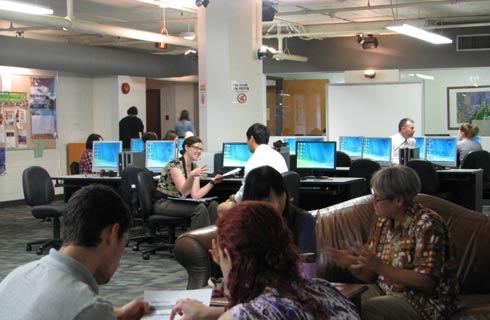
美术学士
 劳伦森大学
劳伦森大学学历文凭
Bachelor Degree
开学日期
课程费用总额

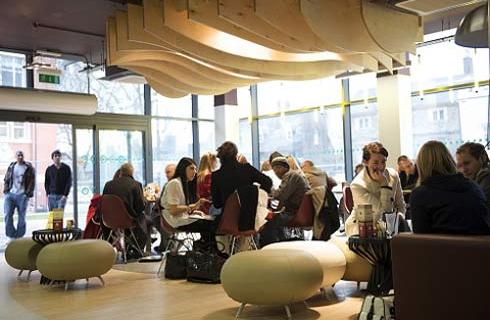
普通艺术学士学位
 卡莫森学院
卡莫森学院学历文凭
Bachelor Degree
开学日期
课程费用总额


英文艺术副学士学位
 卡莫森学院
卡莫森学院学历文凭
Bachelor Degree
开学日期
课程费用总额


艺术史学士学位
 温尼伯大学
温尼伯大学学历文凭
Bachelor Degree
开学日期
课程费用总额


安大略大学时尚艺术高级文凭
 圣力嘉学院
圣力嘉学院学历文凭
Bachelor Degree
开学日期
课程费用总额

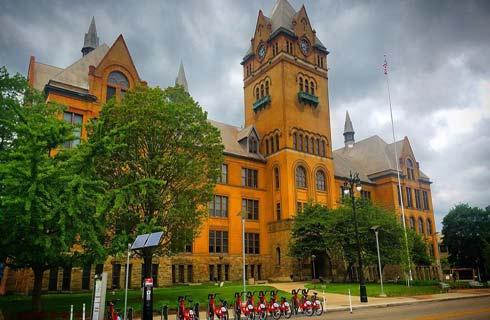
纪实媒体美术硕士
 多伦多都会大学
多伦多都会大学学历文凭
Masters Degree
开学日期
课程费用总额










 美国
美国
